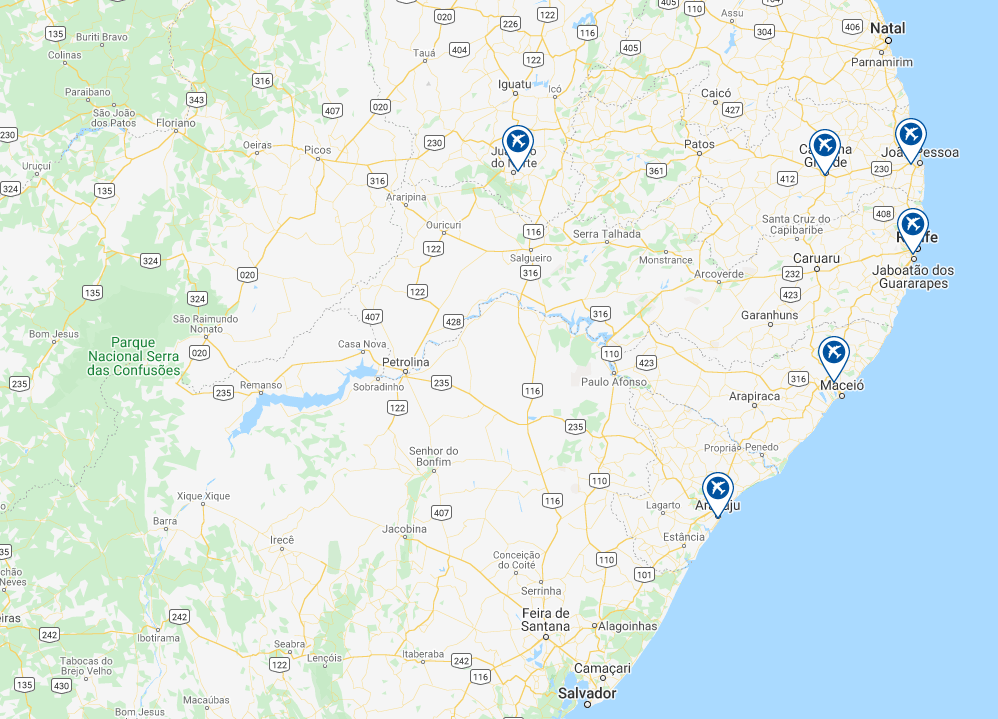Numerous issues have started to arise over the deployment of masses of these panels close to airports. Their installation, within airport land or nearby, remains unregulated, leading to concerns about safety issues. Eight potential safety implications have been identified of which reflection of sunlight into cockpit crews' eyes is the most obvious.
At a time that airports need to demonstrate that they are delivering on environmental sustainability, the power solar farms can generate can be a significant part of the airport's requirement. In some cases it can even exceed it, to the degree that some power can be transferred to local or national grids.
That is the case in at least two airports in the Indian subcontinent. But at Cochin Airport in India the management started dismantling and removing a significant number of solar panels at the airport site, due to concerns from local residents regarding the potential for the panels to inhibit storm water discharge.
Nevertheless, it is clear that when installed and used safely they can be beneficial to all parties. Countries where the sun shines frequently have been the main recipient of solar panel farms and in Spain the national airport operator, AENA, has been quick to take advantage of them, placing solar panels in the first instance on terminal concourse terraces.
Now it has been revealed that AENA will install thirty hectares of panels in Brazil over the next five or six years, replicating there the model for generating photovoltaic energy that it plans to develop in parts of its network in Spain.
AENA will deliver this through its management of the concession of the airport group in north-eastern Brazil, which includes those at Juazeiro do Norte, Campina Grande, Maceió, Recife, Aracajú and João Pessoa. This is one of the later concession tranches as part of Brazil's wider airport privatisation that involves many of its smaller airports, although still with an 'anchor' airport, in this case Recife. Although AENA won the concession process back in Mar-2019, the airports are only now beginning to be transferred over.
MAP - AENA Aeroportos do Nordeste do Brasil is responsible for an airport group across north-eastern Brazil Source: CAPA - Centre for Aviation
Source: CAPA - Centre for Aviation
The Brazilian airport strategy of AENA is similar to that within Spain: to be as self-sufficient as possible in energy supply and especially renewable energy. It is all still in the preliminary phase, but the company plans to install panels on a surface of 30 hectares (300,000 square metres) in the period through to 2025/2026.
There are still some unknowns to be overcome concerning the required degree of economic investment that will be needed. In comparison, the plan that AENA will put in place at its Spanish airports provides for a global investment of EUR250 million and to develop installations with a power of 350 megawatts.
The UK-based Childrens Investment Fund (TCI), which remains the second-largest shareholder in AENA after the Spanish state, has demanded a greater degree of 'courage' in AENA's dealings with 'climate change', and the reduction of emissions and the generation of renewable energy sources are in line with this philosophy. The company is also drafting specific sustainability plans for each of its airports, with the first to be put in place in Barcelona.